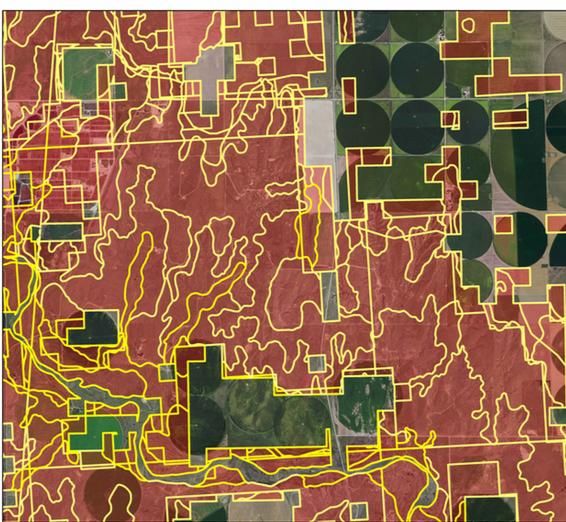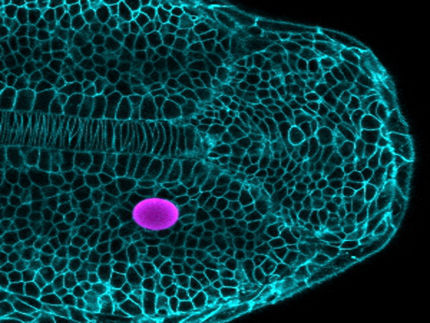Stem Cell Treatment Speeds Up Recovery after Spinal Cord Injury in Monkeys
A new study appearing in stem cells Translational Medicine, designed to test how stem cell injections affect primates with spinal cord injury (SCI), showed the treatments significantly improved the animals’ motor function recovery and promoted faster healing, too. The researchers call their findings a step forward toward the goal of improving outcomes for humans with chronic SCI.
Previous research conducted by various groups had indicated stem cell treatments helped rats with SCI. “But because there are distinct differences in the nervous system and immunological responses between rodents and primates, it is critical to determine how effective and safe the injections might be in a non-human primate SCI model as part of the translational research required for clinical trials,” explained Hideyuki Okano, M.D., Ph.D., of Keio University School of Medicine’s physiology department and a co-author of the new study.
In this study, the researchers grafted neural stem/progenitor cells (NS/PCs) derived from marmoset (a type of monkey) embryonic stem cells into adult marmosets suffering from a moderately bruised spinal cord. “The advantage of using common marmosets is the similarity between their nervous system and immunological responses and those of humans,” Dr. Okano said.
The injections were given 14 days after the SCI occurred, which research shows is an optimal time window for SCI therapy as inflammation has generally subsided by then and scar tissue has not yet had time to form. (Doctors believe that an incomplete spinal cord injury, such as those of the study animals, offers better chance for recovery than a complete SCI injury.) The results were promising.
“Eventually, motor function recovery significantly improved in the transplantation group compared to a control group that did not receive stem cells,” reported co-author Masaya Nakamura, M.D., Ph.D., of Keio’s Department of Orthopedic Surgery. “An animal in the control group, for example, could not raise her hands up to head height at 12 weeks after injury when motor function almost plateaus. On the other hand, at the same point in time a transplanted animal was able to jump successfully and run so fast it was difficult for us to catch her. She could also grip a pen at 3 cm. above head-height.”
In addition, he added, there were no signs of immune rejection or tumors, which have been a side effect of some stem cell therapies.
The researchers say this study is a step forward in their goal is to improve patients with complete SCI at the chronic phase. “But we believe it will require a combination of stem cell transplantation, rehabilitation and pharmacological therapy, with the stem cells a key part of the treatment,” Dr. Okano added.
Original publication
“Allogeneic neural stem/progenitor cells derived from embryonic stem cells promote functional recovery after transplantation into injured spinal cord of non-human primates.”; STEM CELLS Translational Medicine.
Most read news
Original publication
“Allogeneic neural stem/progenitor cells derived from embryonic stem cells promote functional recovery after transplantation into injured spinal cord of non-human primates.”; STEM CELLS Translational Medicine.
Organizations
Other news from the department science

Get the life science industry in your inbox
By submitting this form you agree that LUMITOS AG will send you the newsletter(s) selected above by email. Your data will not be passed on to third parties. Your data will be stored and processed in accordance with our data protection regulations. LUMITOS may contact you by email for the purpose of advertising or market and opinion surveys. You can revoke your consent at any time without giving reasons to LUMITOS AG, Ernst-Augustin-Str. 2, 12489 Berlin, Germany or by e-mail at revoke@lumitos.com with effect for the future. In addition, each email contains a link to unsubscribe from the corresponding newsletter.
Most read news
More news from our other portals
Last viewed contents
Category:World_Health_Organization_officials
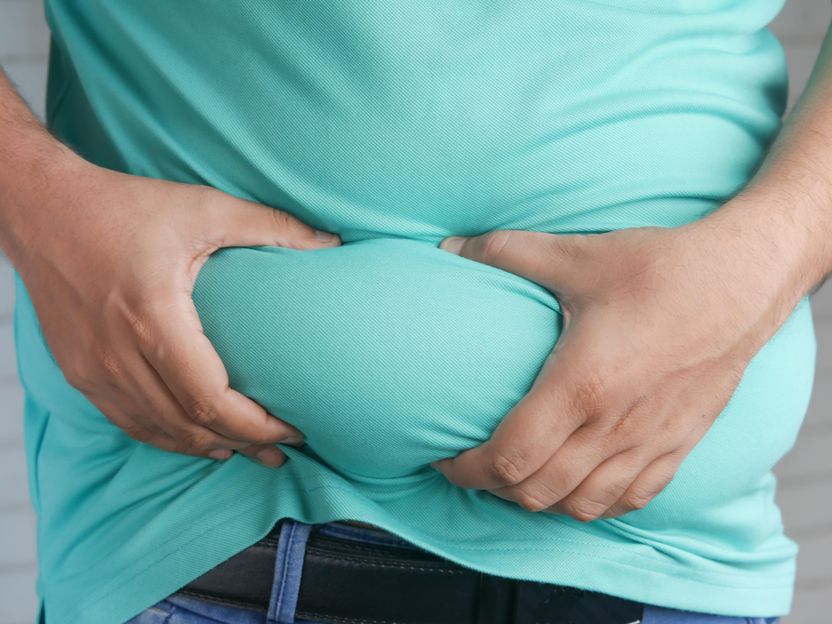
Insufficient insulin processing leads to overweight - The finding opens up new therapeutic possibilities

Structure of wheat immune protein resolved - Important tool in the battle for food security
Study outlines risk factors for poor outcome, mortality following hip fracture - Commencing surgery sooner may alleviate hip fracture complications

Mobile phone use may affect semen quality - Is 4G less harmful than 2G?
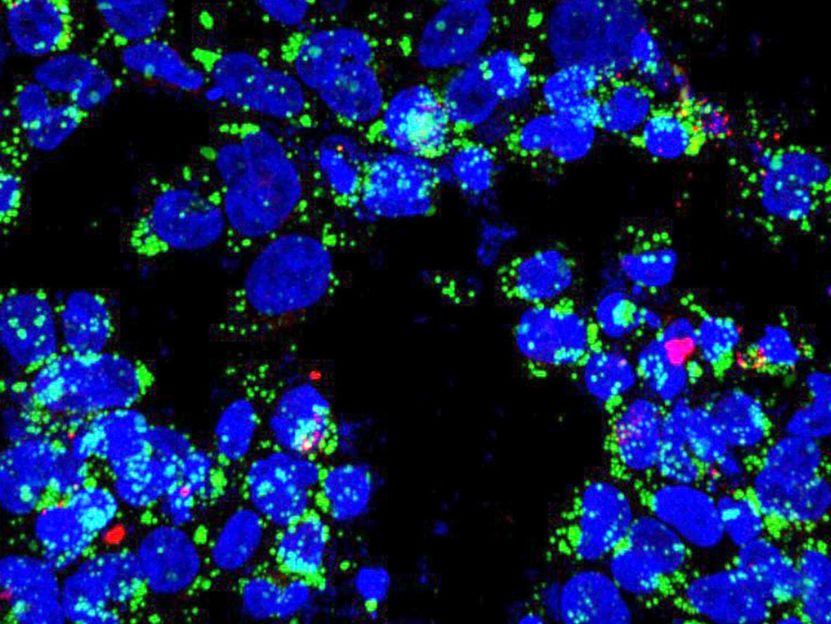
New theorem helps reveal tuberculosis' secret
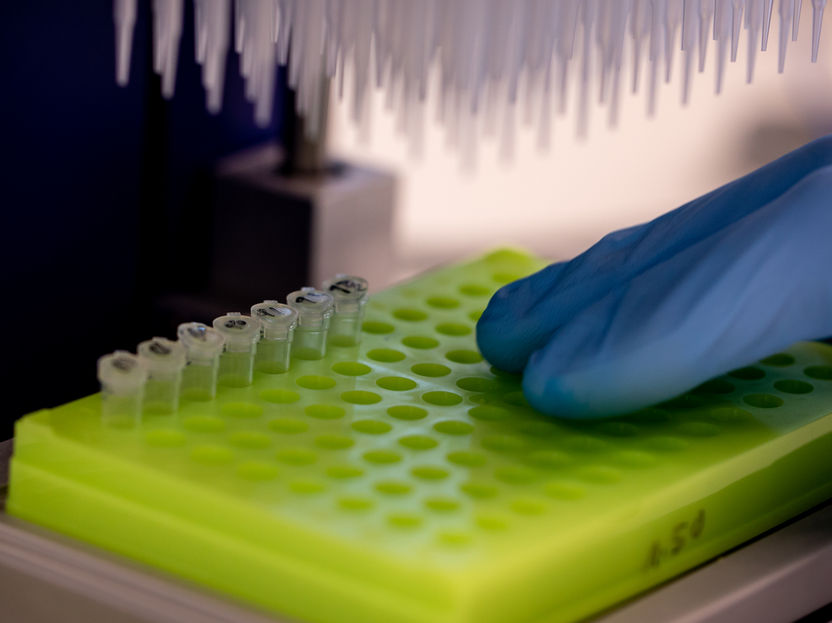
FLAM-seq: the full picture of messenger RNA and their tails
Alligator Bioscience to Receive USD 6 Million Milestone Payment from Janssen
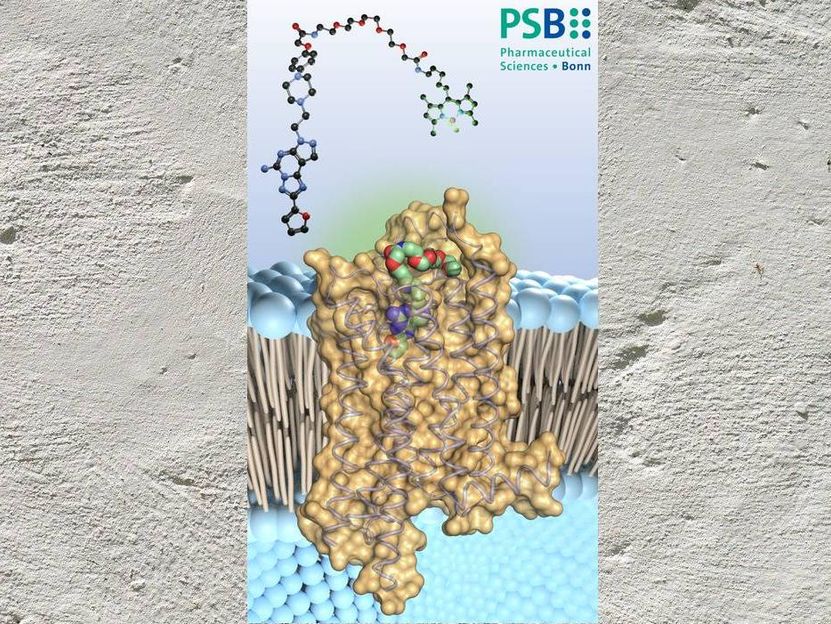
Study shows how bioactive substance inhibits important receptor - Results from the University of Bonn raise hope for new drugs against cancer and brain diseases
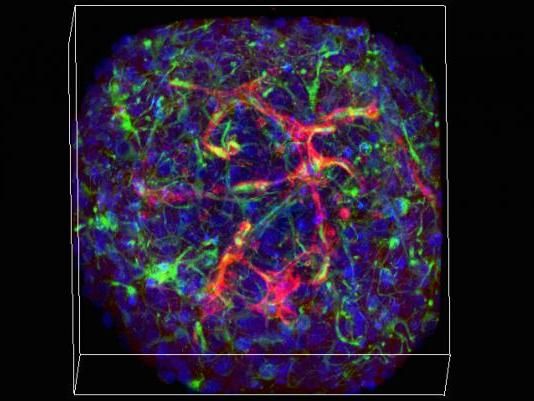
With mini-vessels, mini-brains expand research potential

Scientists engineer new potent antibiotic - Darobactin 22 could have the potential to become the next antibiotic superstar
